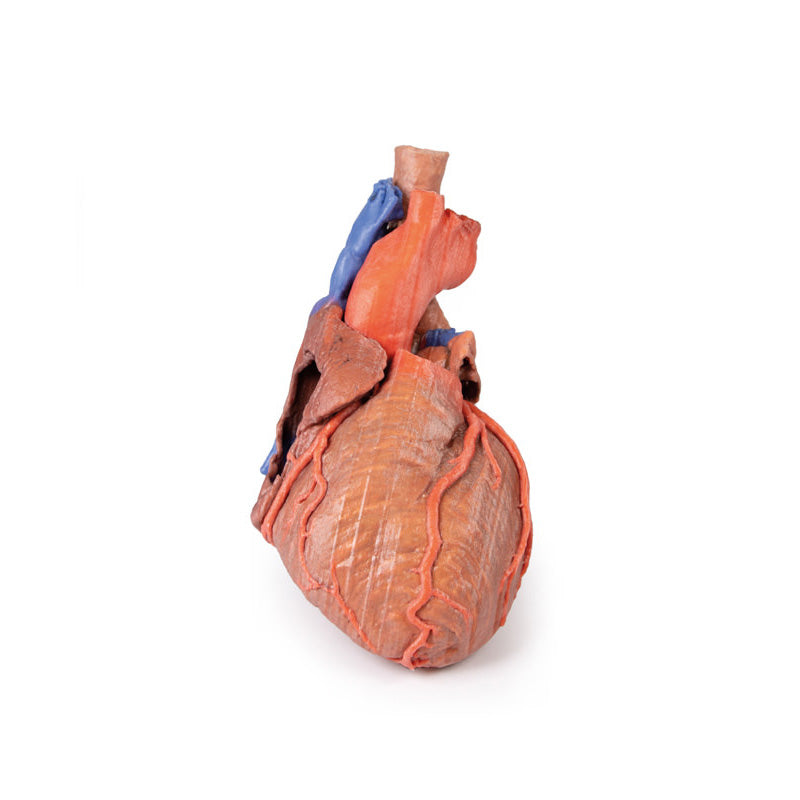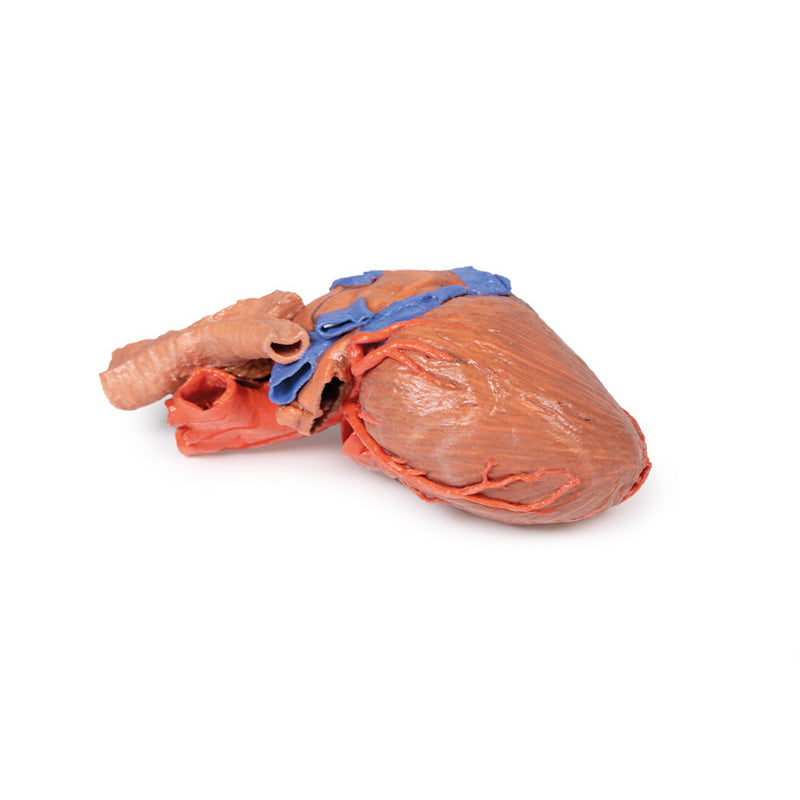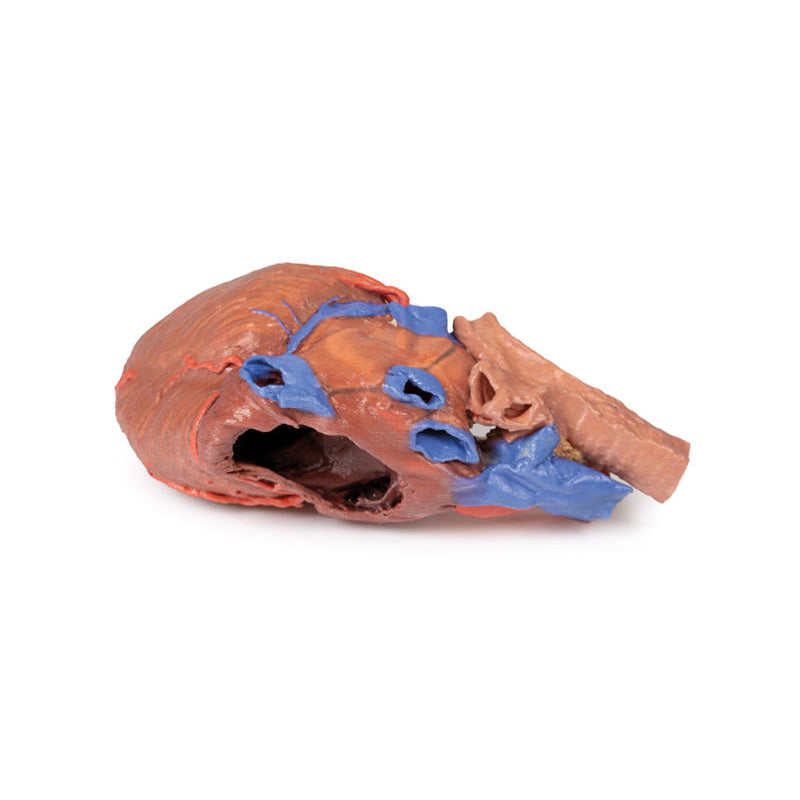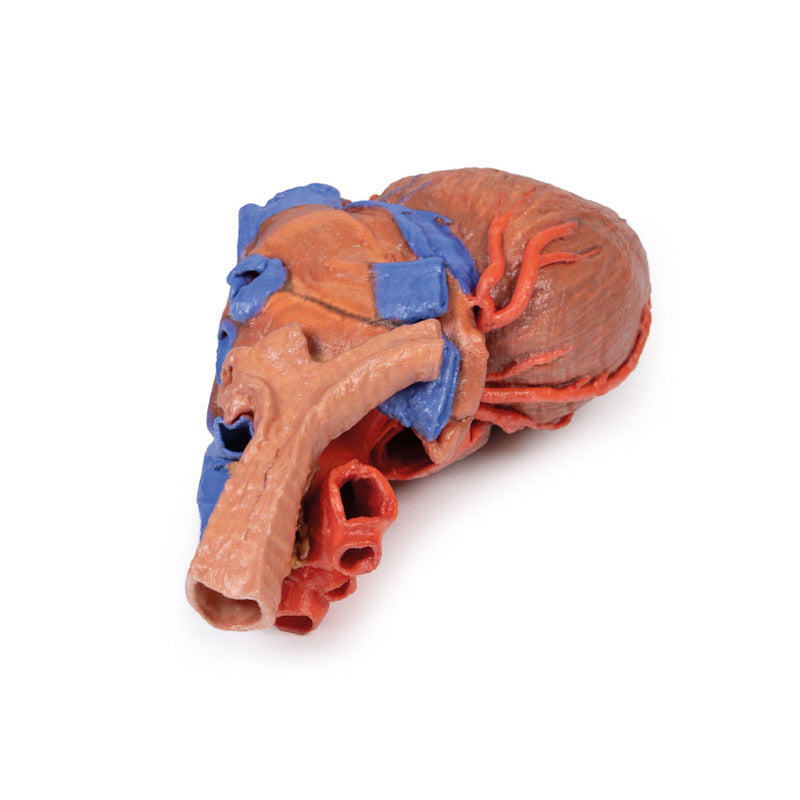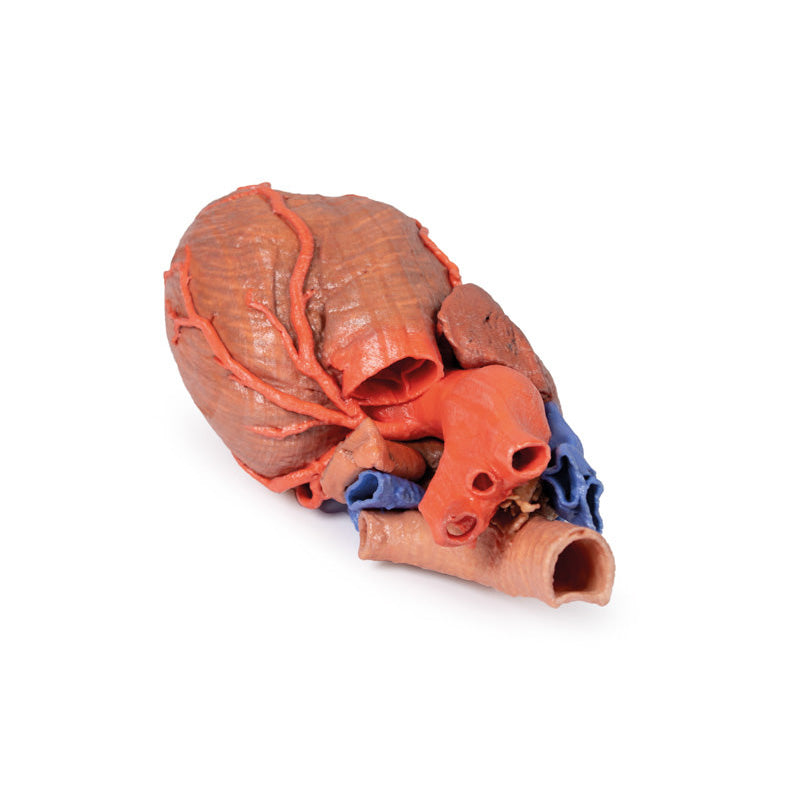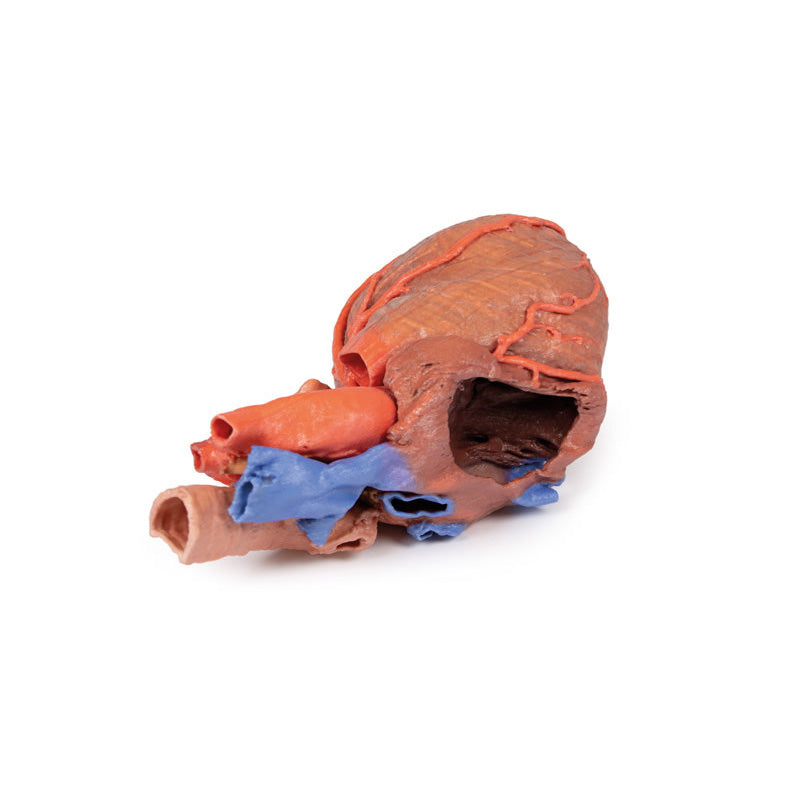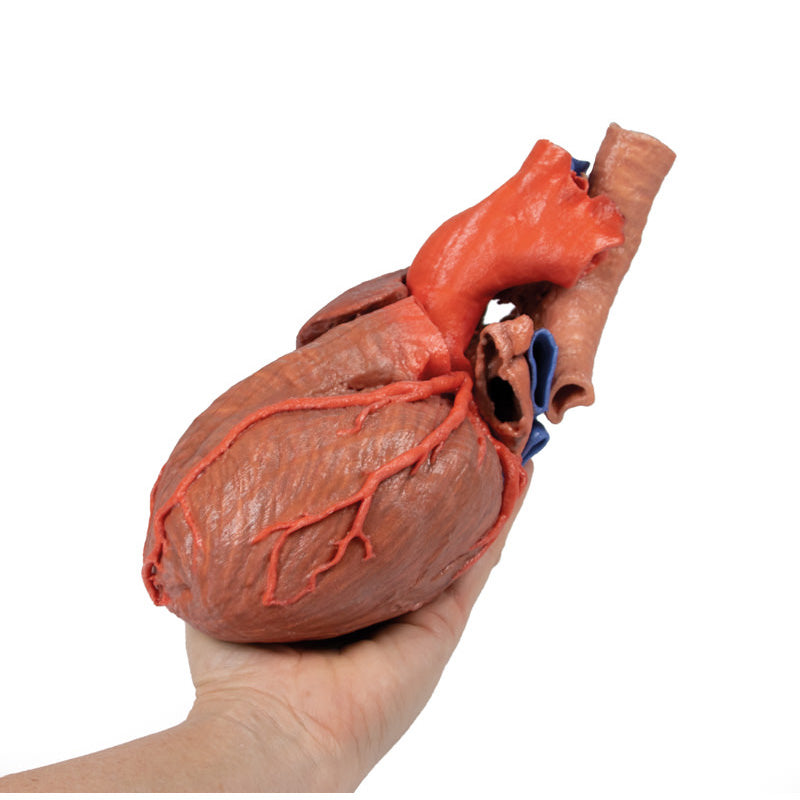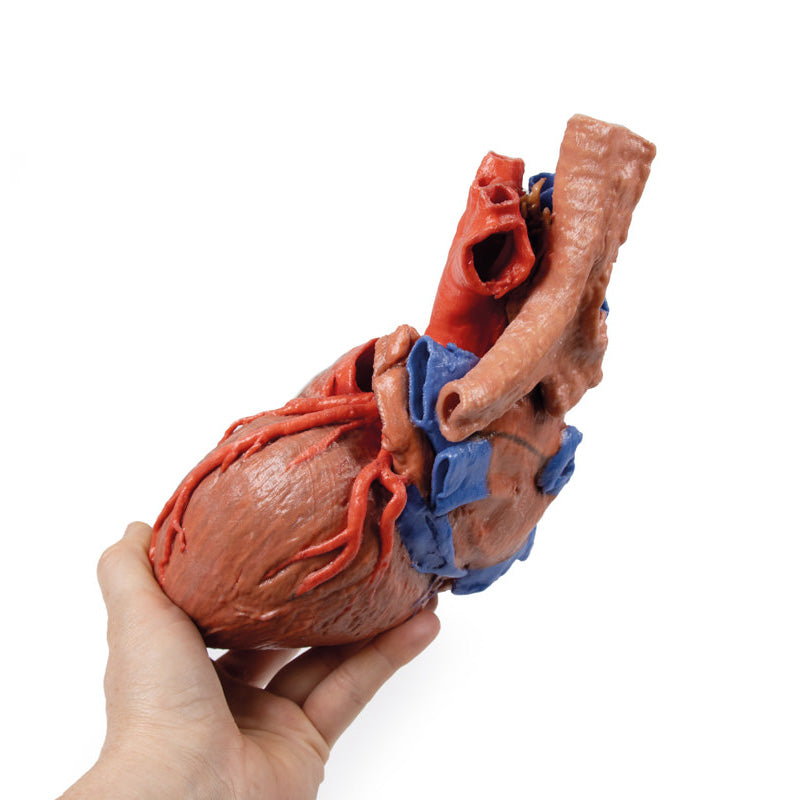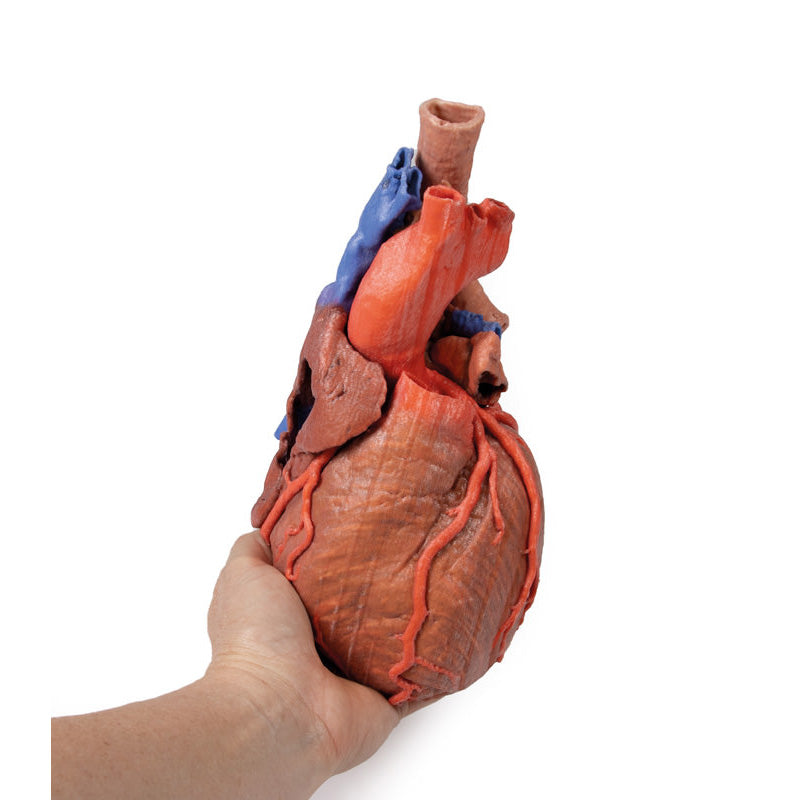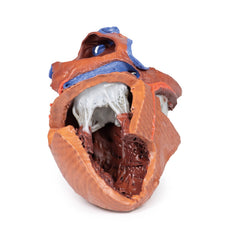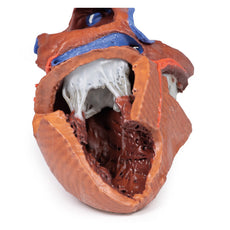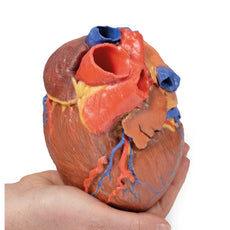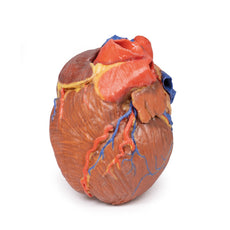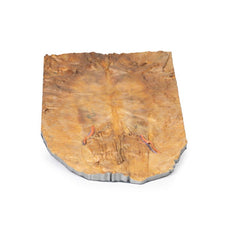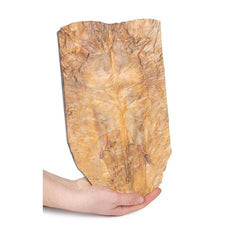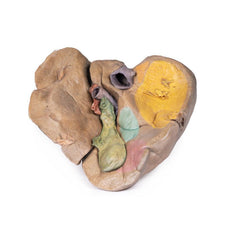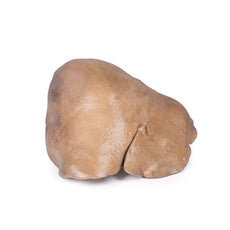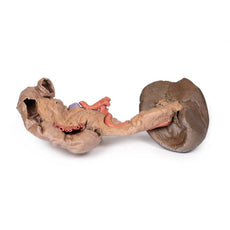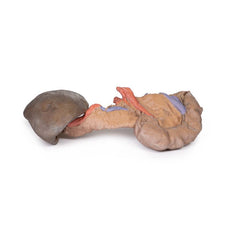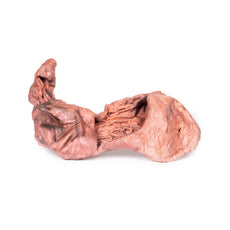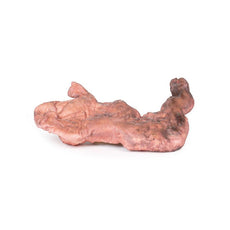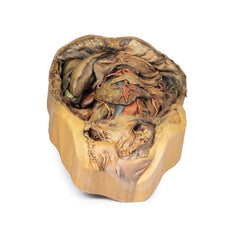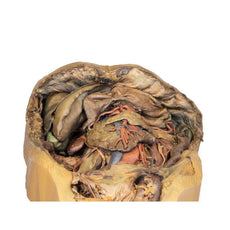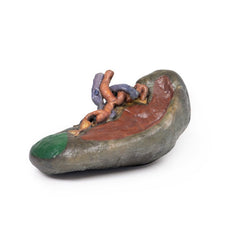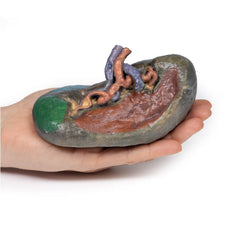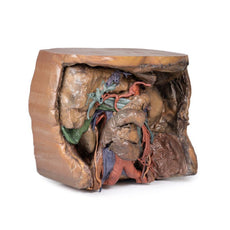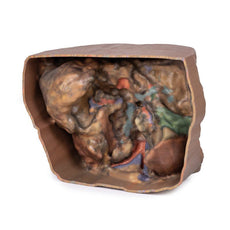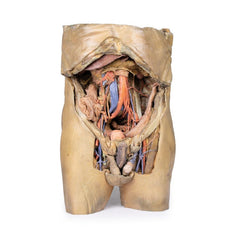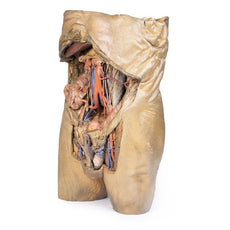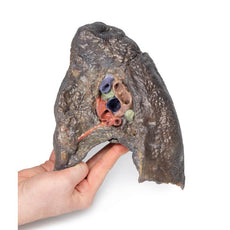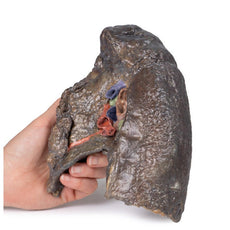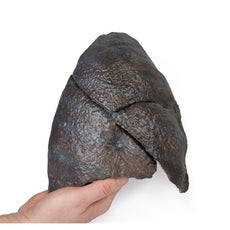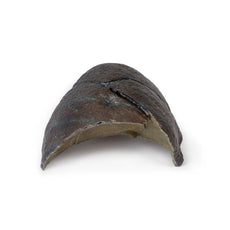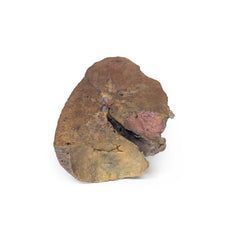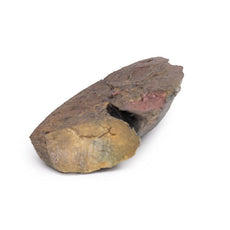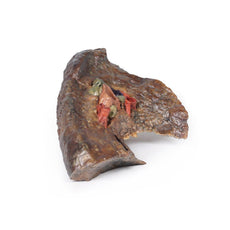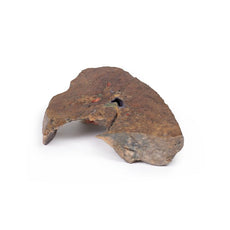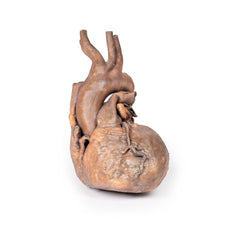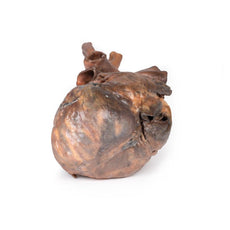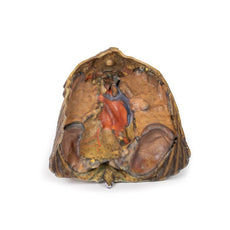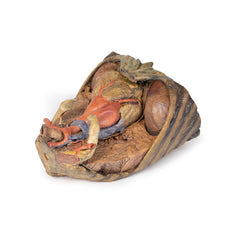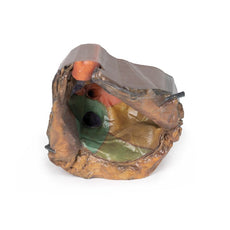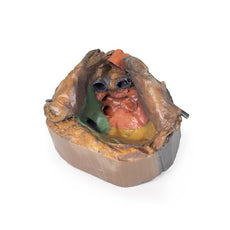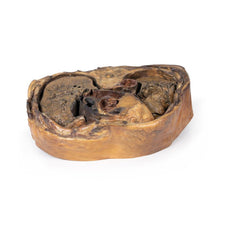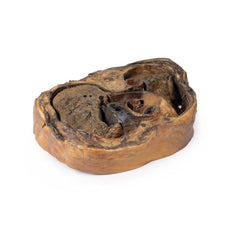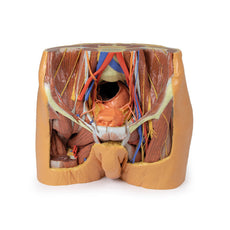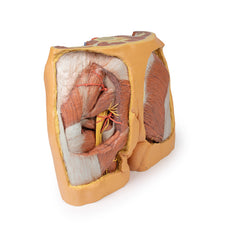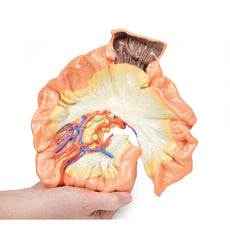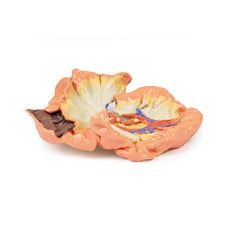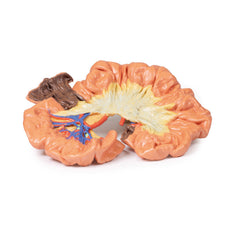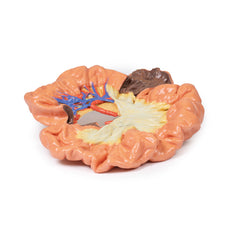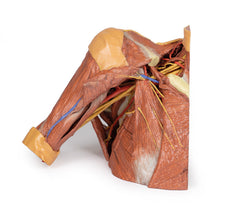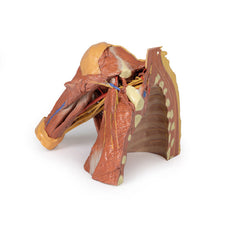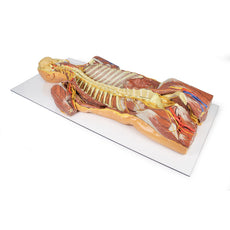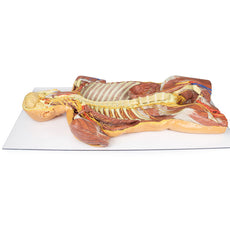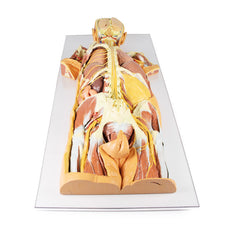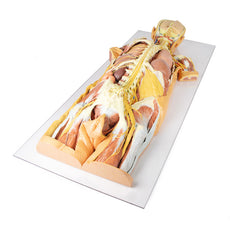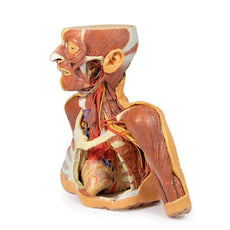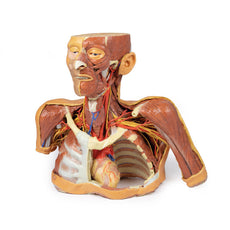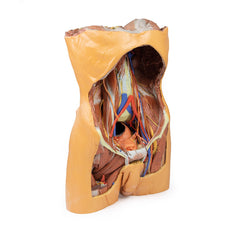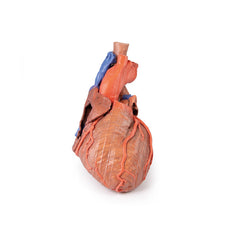Your shopping cart is empty.
3D Printed Heart and the distal trachea, carina and primary bronchi
Item # MP1710Need an estimate?
Click Add To Quote

-
by
A trusted GT partner -
FREE Shipping
U.S. Contiguous States Only -
3D Printed Model
from a real specimen -
Gov't pricing
Available upon request
3D Printed Heart and the distal trachea, carina and primary bronchi
This 3D printed specimen preserves the external anatomy of the heart and the distal trachea, carina, and primary bronchi in the posterior mediastinum relative to the great vessels and left atrium (which demonstrates the pericardial reflections of the transverse and oblique pericardial sinuses). An anterior window has been dissected into the right atrium and base of the auricle, exposing the right atri3D Printed Heart and the distal trachea, carina and primary bronchi
This 3D printed specimen preserves the external anatomy of the heart and the distal trachea, carina, and primary bronchi in the posterior mediastinum relative to the great vessels and left atrium (which demonstrates the pericardial reflections of the transverse and oblique pericardial sinuses). An anterior window has been dissected into the right atrium and base of the auricle, exposing the right atrioventricular (tricuspid) valve and passage into the right ventricle. Both the right and left coronary arteries and named branches are visible (with the posterior interventricular artery arising from the right coronary artery).The left auricle has been sectioned to demonstrate the course of the circumflex artery in the coronary groove. The cardiac veins have been removed, but the coronary sinus has been retained inferior to the left atrium. The pulmonary trunk has been removed to expose the (open) pulmonary semilunar valves, while the arch of the aorta is intact to display the origins of the brachiocephalic trunk, left common carotid, and left subclavian. Adjacent to the aorta, the termination of the left and right brachiocephalic veins and azygos vein into the superior vena cava is preserved.
Download Handling Guidelines for 3D Printed Models
GTSimulators by Global Technologies
Erler Zimmer Authorized Dealer
The models are very detailed and delicate. With normal production machines you cannot realize such details like shown in these models.
The printer used is a color-plastic printer. This is the most suitable printer for these models.
The plastic material is already the best and most suitable material for these prints. (The other option would be a kind of gypsum, but this is way more fragile. You even cannot get them out of the printer without breaking them).The huge advantage of the prints is that they are very realistic as the data is coming from real human specimen. Nothing is shaped or stylized.
The users have to handle these prints with utmost care. They are not made for touching or bending any thin nerves, arteries, vessels etc. The 3D printed models should sit on a table and just rotated at the table.





